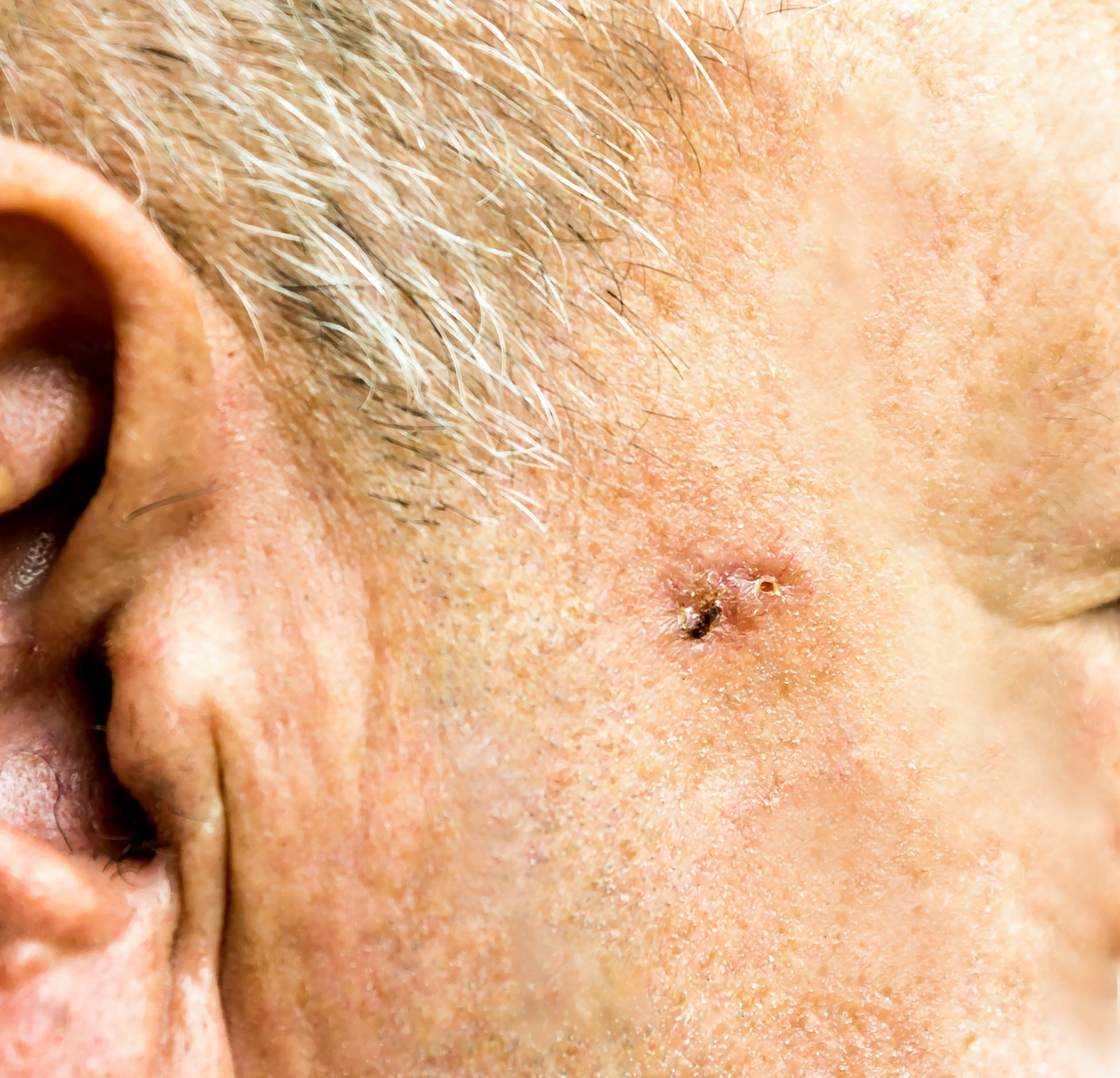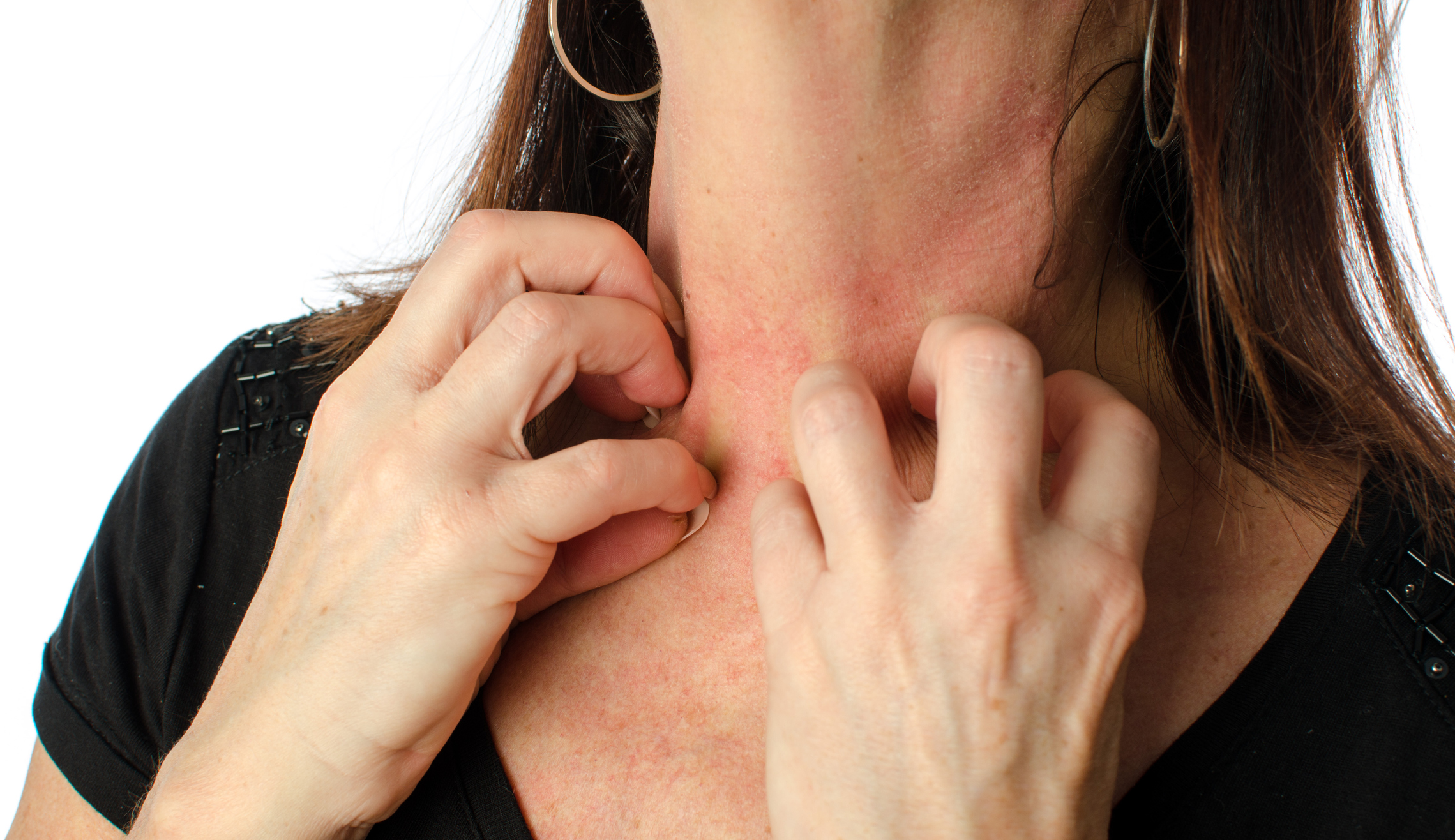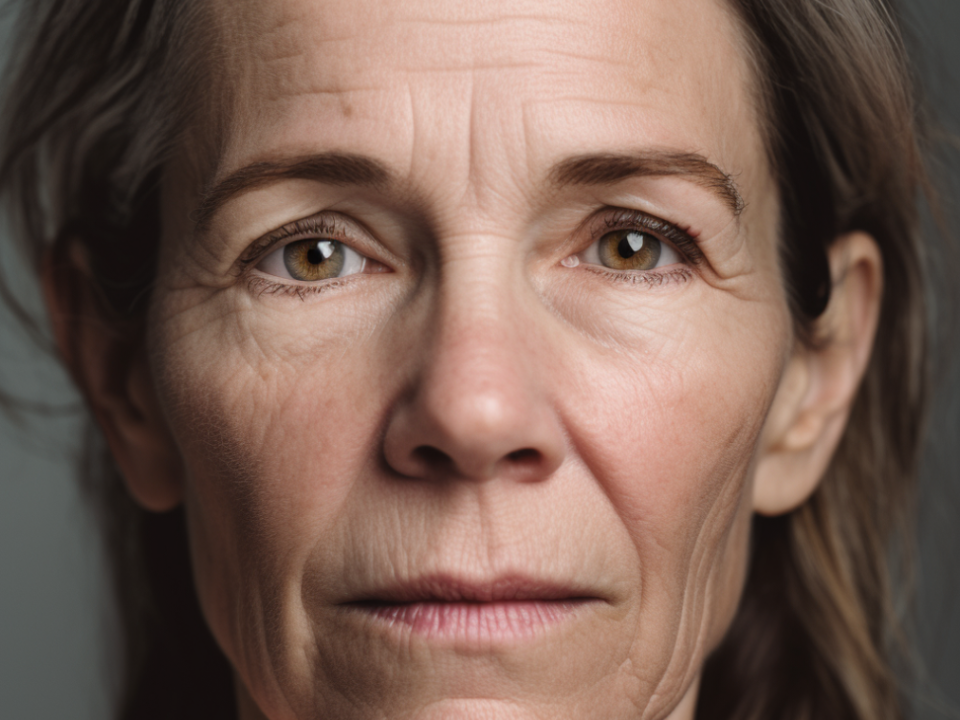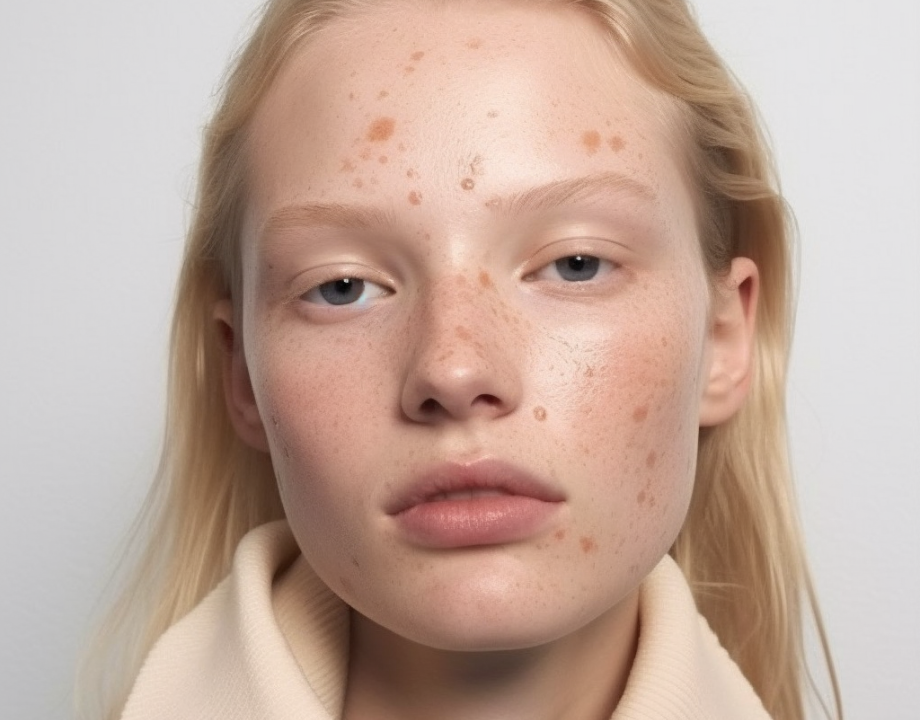
Solar lentigo, also known as old age spot or senile freckle, is a harmless patch of darkened skin that results from exposure to ultraviolet (UV) radiation. It leads to a local proliferation of melanocytes and the formation of melanin inside the skin cells. Solar lentigos are quite common among the general population, mainly affecting people 40 years of age and older.
A solar lentigo is depicted as a flat and well-circumscribed patch. It can have an oval, round, or irregular shape. Colour of the patch varies from being skin-coloured to dark brown or black. The size ranges from a few millimeters to centimeters in diameter. Patches may be slightly scaly.
Solar lentigines are found as clusters on sun-exposed sites, such as the face or back of hands,
Solar lentigo is diagnosed on its defined clinical features. In some cases, it can be difficult to differentiate lentigo with irregular shape from melanoma, a dangerous form of skin cancer. Those patches are called atypical solar lentigo.
Dermatologists use dermatoscopy during skin examination to confirm the diagnosis. If diagnostic doubt is still present, a skin biopsy may be performed for histological examination.
Seborrheic keratoses may form within solar lentigines. This changes texture within the lentigo and results in localized thickening.
Solar lentigines may become inflamed. These inflamed patches are called lichenoid keratoses. They tend to disappear gradually.
Cryotherapy and laser surgery are the most common treatment options for reducing solar lentigo. However, these methods may leave a white or dark mark for temporary or permanent time periods.
If left untreated, solar lentigo will persist for an indefinite period of time.
Cysteamine cream hyperpigmentation treatment is another treatment option used for reducing these patches. Bleaching agents like hydroquinone are not perceived as effective remedies.
Preventative measures, such as using sunscreens and minimizing exposure to the sun, help to minimize the appearance of solar lentigines. The earlier these measures will be implemented, the more effective results are.
Centre for Medical and Surgical Dermatology offers unique and personalized treatment options for solar lentigo for each patient.
For more information about melanoma, visit the following link:



